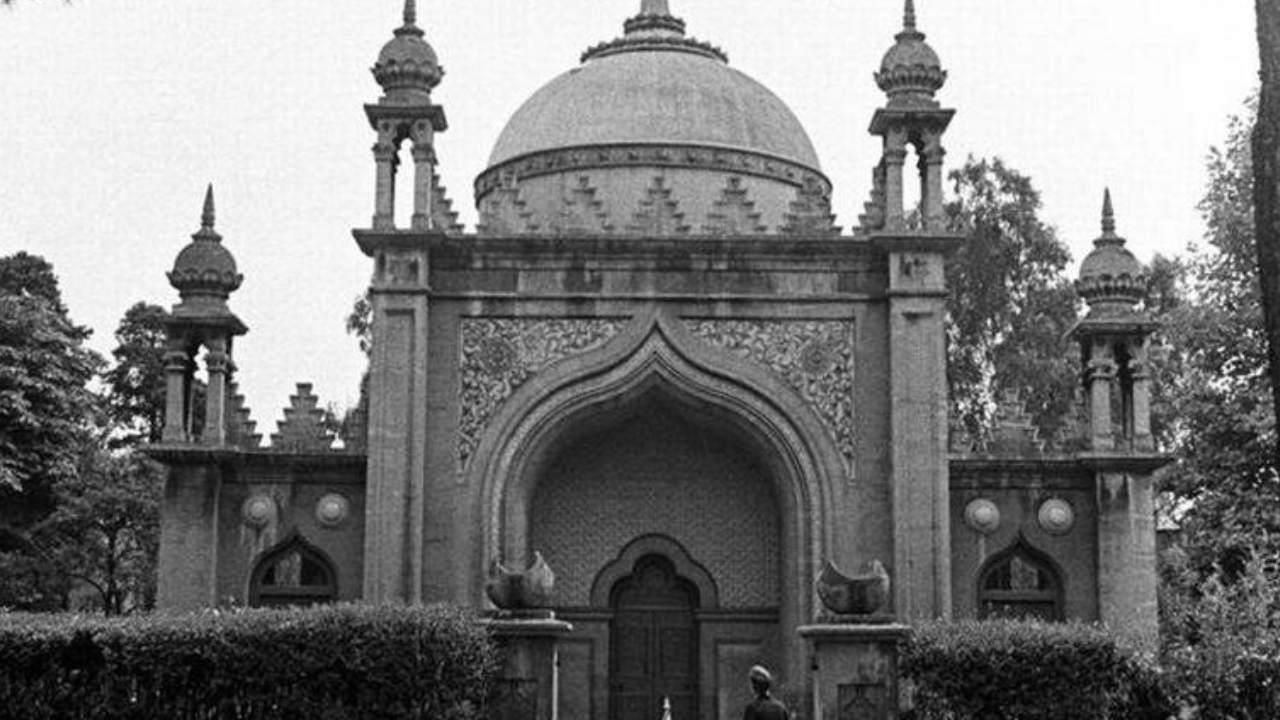The celebration of Eid al-Fitr on May 28, 1922, is believed to be the first time this major Islamic holiday was publicly observed in the United Kingdom. This historic event took place at the Shah Jahan Mosque in Woking, Surrey, a location that has played a central role in the UK’s Islamic heritage. More than a century later, the mosque remains a vital part of Surrey’s Sunni Muslim community and continues to host some of the largest Eid al-Fitr gatherings in the country.
The Shah Jahan Mosque shares a unique historical parallel with the county of Surrey itself, as both were officially established in 1889. As the UK’s first purpose-built mosque, it was constructed by Hungarian-British Orientalist Dr. Gottlieb Wilhelm Leitner. The project was partially funded by Shahjahan Begum, the ruler of Bhopal in central India, who also commissioned the Taj Mahal Palace in Bhopal — distinct from the famous Taj Mahal in Agra but historically important in its own right. The mosque was named in her honor.
Designed in the late-Mughal architectural style by William Isaac Chambers, the mosque was intended as a place of worship for students at Leitner’s Oriental Institute, also based in Woking. However, following Leitner’s death in 1899, both the mosque and the institute fell into disuse for more than a decade.
In 1912, the mosque experienced a revival thanks to the efforts of the Woking Muslim Mission and the prominent Islamic scholar Khwaja Kamal-ud-Din. This marked the beginning of a new chapter in the mosque’s history, one that saw the restoration of the now Grade I listed building and visits from key figures in early British-Islamic history. These included Lord Headley, founder of the British Muslim Society, and Marmaduke Pickthall, who is known for producing one of the first English translations of the Qur’an.
During World War I, the mosque’s Imam petitioned the British authorities for a dedicated burial space for Muslim Indian soldiers who had died in service. This led to the establishment of the Woking Muslim Burial Ground, which received its first burials in 1917.
The public Eid al-Fitr celebration of 1922 marked a major milestone. According to Historic England, it was during this celebration that Khwaja Kamal-ud-Din officially named the mosque after its benefactress, Shah Jahan Begum. This event is widely recognized as the first time Eid al-Fitr was celebrated in a public setting in the UK.
In the 1930s, the Shah Jahan Mosque formally became a place of worship for Sunni Muslims. Over the decades, it has welcomed many important visitors, further cementing its place in British-Islamic history. These include Muhammad Ali Jinnah, the founder of Pakistan, who visited in February 1932; Princess Abida Sultana, a descendant of Shah Jahan Begum; and British royal Prince Edward, who visited in 2003.
The mosque’s significance is so profound that a writer for The Guardian once stated in 2002 that Woking deserved to be listed among the great centers of the Muslim faith. Today, the Shah Jahan Mosque stands not only as a place of worship but also as a living monument to the history and evolution of Islam in Britain.








.svg)

